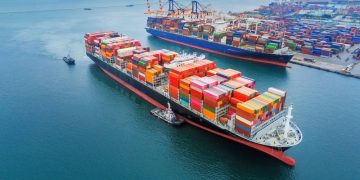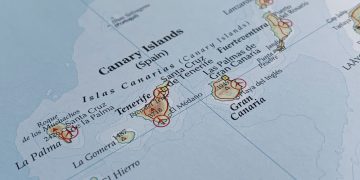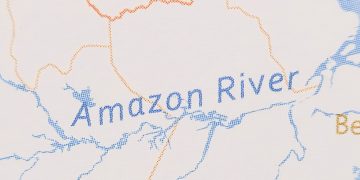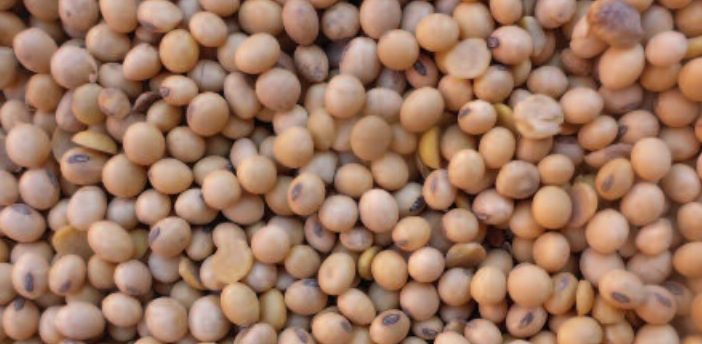Following Supreme People’s Court (SPC) recent ruling on soya bean claims, UK Club received the below advice from Wang Jing & Co., Xiamen.
In consideration of the SPC Ruling and the Customs’ new requirement, Wang Jing & Co. would suggest P&I Clubs and Owners pay attention to the followings so as to mitigate loss.
- Soybean damage is usually caused by self-heating, so high moisture content of the soybean cargo at the loading port (e.g., above 13% at loading during the rainy season of Brazil in our recent cases) shall be treated in a precautionary manner. It is advisable to obtain a letter of indemnity from the charterer or the shipper before the vessel departs if the quality certificate shows a high moisture content. Even a small part of the cargo with a high moisture content would cause large-scale cargo damage onboard and eventually result in huge claims.
- One of the reasons why the Lapan formula generates exaggerated claim amount is that the formula uses the total quantity of the allegedly damaged soybeans as the base quantity. To mitigate the risk exposure, if any damage is alleged by the receiver, the Master should request separate discharge to segregate the seriously damaged, slightly damaged and sound soybeans.
- The Chinese government is imposing stricter quality control on food/edible oils recent years and the Customs are also imposing stricter supervision on imported soybeans. On seriously damaged soybeans, there will be greater risk of destroying them. Once such soybeans are ordered to be destroyed, the loss would be substantial.
- Given the aggressive claim gesture and the substantial amount claimed by the local receiver Yuancheng in the previous/existing cases, we would suggest Owners pay high attention when they are informed that the receiver/notify party is Yuancheng or any soybean cargo is to be shipped to Songxia Port, China.




































































